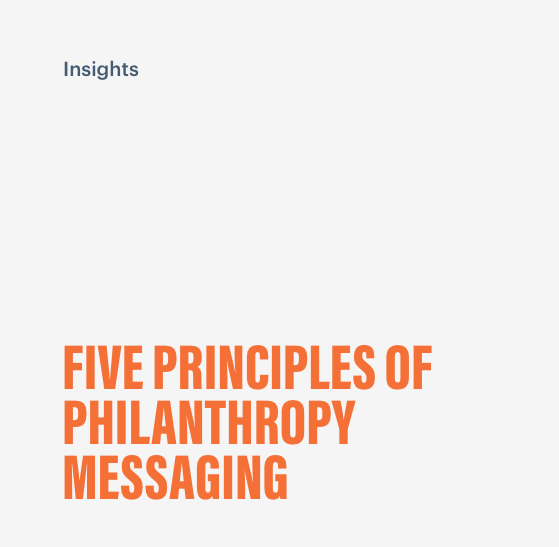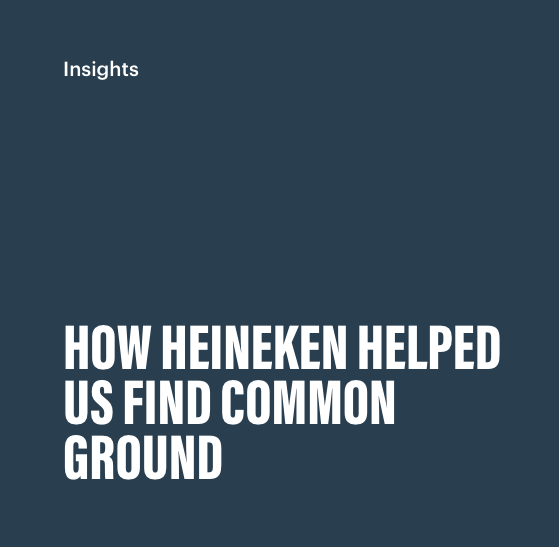Bridging the Great Divide
Creating a seamless experience from Marketing to transactional communications
By Maria Boos, Senior Vice President
Companies send billions of customer communications every month, many of them transactional in nature or required by regulation. You know the type – everyday things like order confirmations, payment notices, and account updates.
Done right, they present a huge opportunity to reinforce relationships, earn trust, and strengthen your brand. All too often though, customer communications lead to confusion or frustration. Customer satisfaction takes a hit. And the brand experience you’re working hard to build gets fractured.
But consider this: The brand your customers know is the one they experience every day. And their everyday experience is shaped in large part by their regular interactions with these very types of customer communications.
So why do so many companies get it wrong?
The great divide
In most organizations, there’s a significant gap between marketing communications and transactional communications. Often, engagement and satisfaction with marketing communications are high through the awareness and consideration phases of the customer journey, then take a nosedive once customers commit.
Marketing comms get the bigger investment of time, attention, and dollars. Creative and communication experts develop them. Marketing and brand teams govern them – with lots of planning, strategy, thought, and consistency woven in.
Transactional comms don’t usually get that kind of love. Many companies think of them as “necessary evils.” They default to lazy legalese and complex corporate jargon with a “get ‘em done and get ‘em out” mentality.
These kinds of customer communications are typically developed, coded, and controlled by product or operations teams, rarely by marketing. As a result, they can feel off-brand, as if they’re coming from a different company than their marketing predecessors. And customers can feel like the company doesn’t know them, or just doesn’t care.
Therein lies the problem: an inconsistent brand and a breakdown in the customer experience.
From pain points to brand builders
The solution lies in recognizing the impact transactional communications have on brand, reputation, and customer experience – and elevating them accordingly, with the same level of effort and expertise given to marketing communications.
For customer communications to hold up their end of the customer journey, it’s essential for them to be:
CLEAR: Well organized, jargon-free, written in plain language
CUSTOMER-FOCUSED: Empathetic, useful, tuned in to what they need to hear (not what you want to say)
CREDIBLE: Accurate, transparent, and aligned with your brand promise
CUSTOMIZED: Personalized to show you know and care; calibrated to just-right information
When you bridge the divide between marketing and transactional communications, the opportunities multiply. Good customer communications not only allow you to consistently deliver on your brand promise, they can also deepen customer relationships and reduce service costs. Done right, there are no more “necessary evils.” All communications can help build your brand and drive business results.
Are you wondering how you can apply your brand voice to transactional communications? It’s an important question – because consistent use of your voice shouldn’t stop at marketing communications – and one we’ll soon address right here, Stay tuned, as we look at why it’s so hard and how you can get it right.
Interested in exploring how our expertise in customer communications can help you bridge the gap to drive results? Contact us. We’d love to talk with you.








